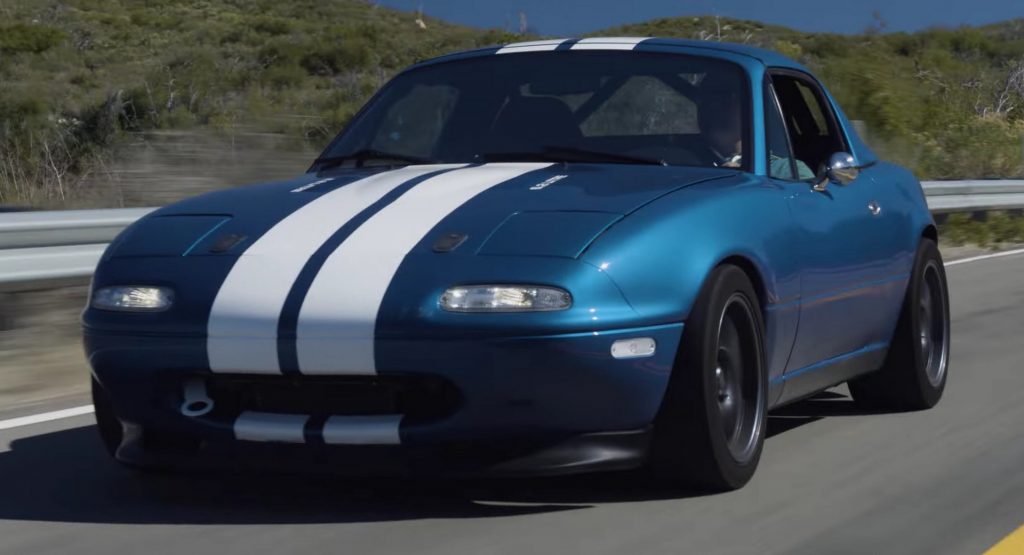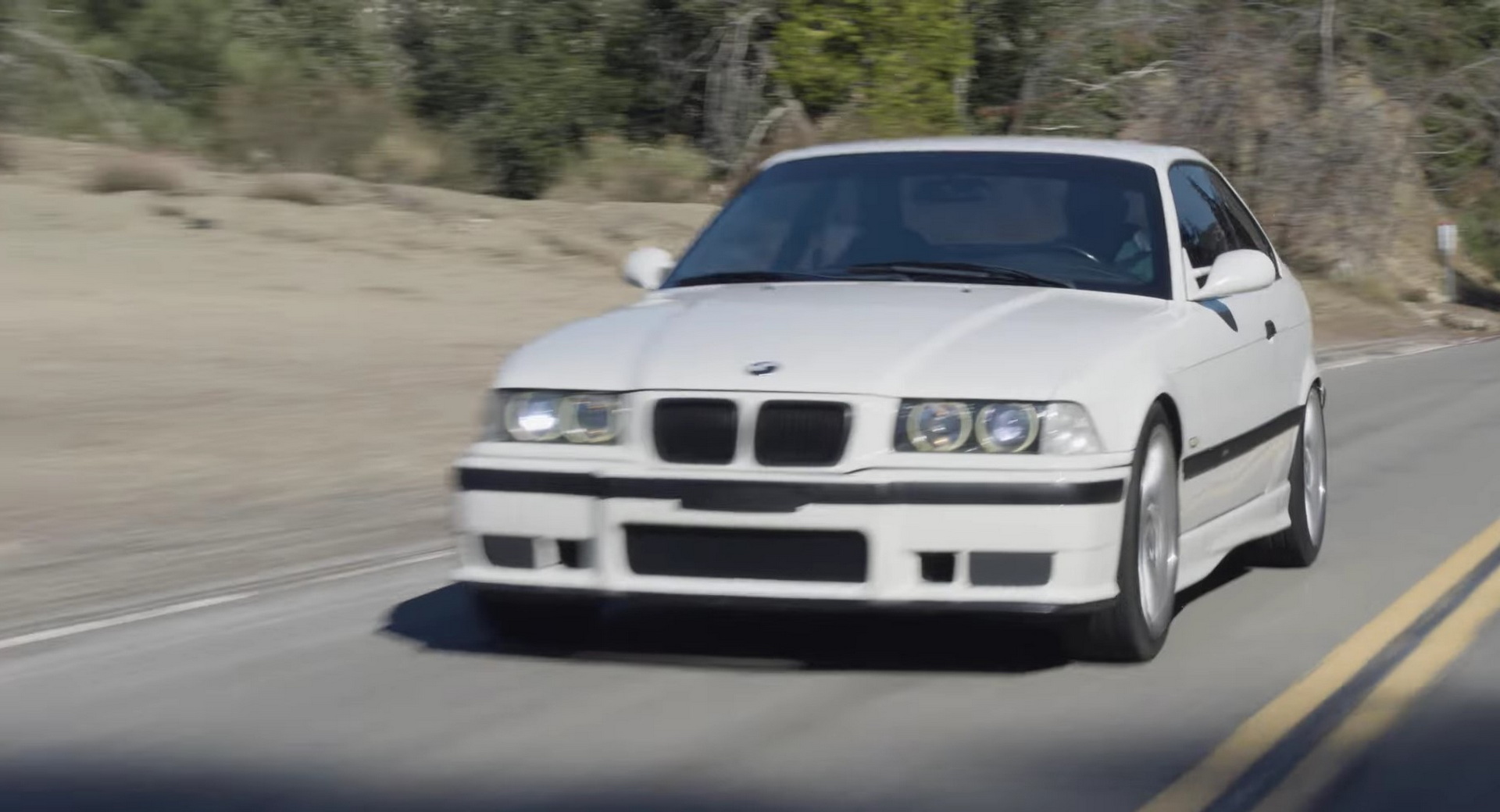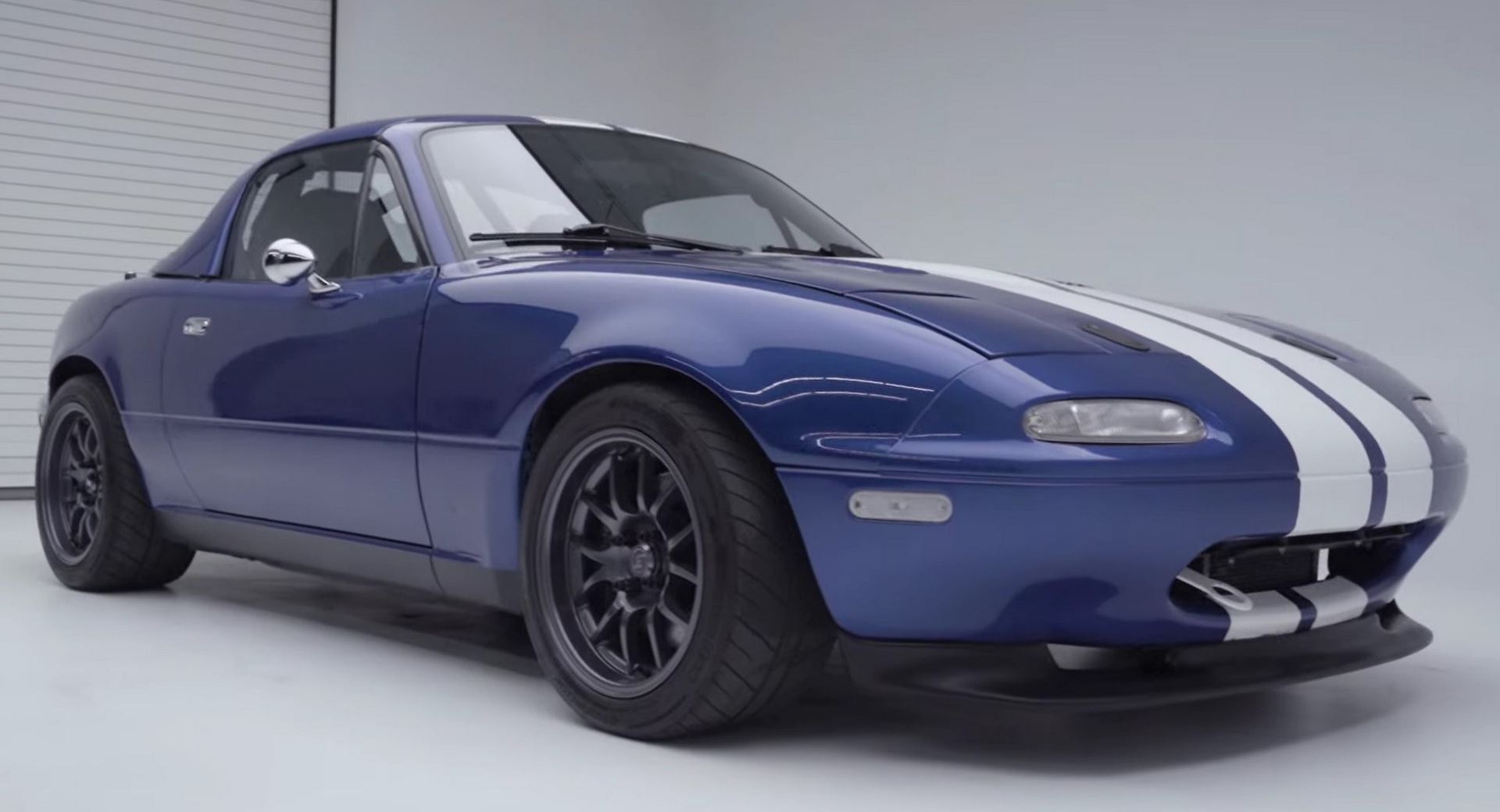Modifying a car to comply with California emissions regulations is notoriously difficult. There are still ways to perform engine swaps that both improve your car’s performance and abide by the state’s regulations, though.
Celebrating the cars that do California engine swaps right, Matt Farah features an E36 M3 and an NA Miata. Each does its engine swap differently and each is special in its own way. But first, a word or two on why it’s so hard.
The California Air Resources Board is in charge of ensuring that cars move in the direction of poisoning people less, not more. Applying that mission to modified cars means you can’t just take the emissions controls off your car to go faster. It also means that engine swaps are a tricky thing.
See Also: Tesla-Swapped 1950 Jaguar Mark V Is The Beginning Of One Electrifying Project
One path is to take a more modern engine like, say, the inline-six out of an E46 M3, and put it into an older chassis. That’s exactly what has happened to this E36 M3.
Even that isn’t so simple, though. A lot of work goes into making sure that this older car lives up to the emissions regulations of the newer engine. Brandon Herbert, from Performance Technic, runs through all of the emissions devices, the electronic requirements, and the simple mechanical necessities of making an engine swap like this work in California.
And the result is pretty good, according to Farah. Making nearly 100 more horses than the stock E36 M3, the car feels great and might even be slightly more than the brakes can handle.
The other way to do a California engine swap is to use a crate engine that has been designed with CARB certification in mind. This Chevrolet LS3 small-block V8 was designed to go into anything made before 1995 and pass a California emissions test.
If you’re trying to fit it into an NA Miata, you might still face some issues. For Zandr Milewski, the key was simply to give a shop like Flyin’ Miata his car, his money, and some time, and let them figure it out.
While there were still some hurdles to overcome, like ensuring that the catalytic converters were far enough from the nearest exhaust port, CARB certification was a reasonably simple process, even if fitting the engine in wasn’t.
Nevertheless, the result is spectacular. Thanks to the V8’s aluminum construction, the car’s weight distribution is still reasonable. And despite making nearly four times more power than when it left the factory, the Miata doesn’t feel unwieldy.
And there you have it. Although finding more power in California can be hard, it’s certainly not impossible.






